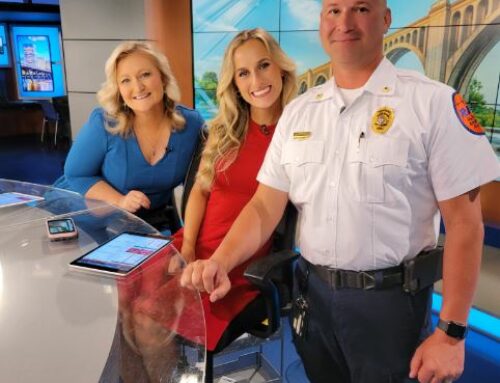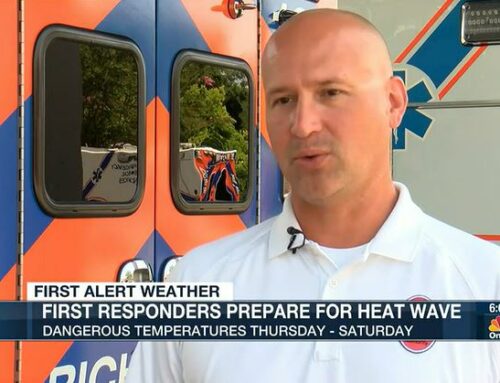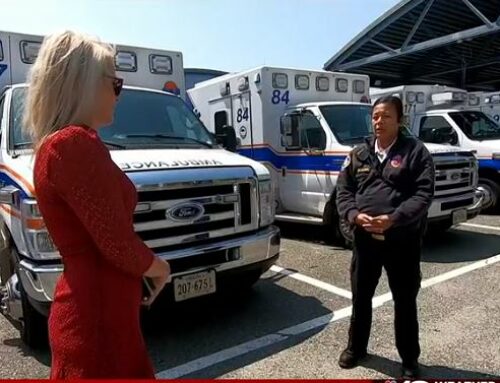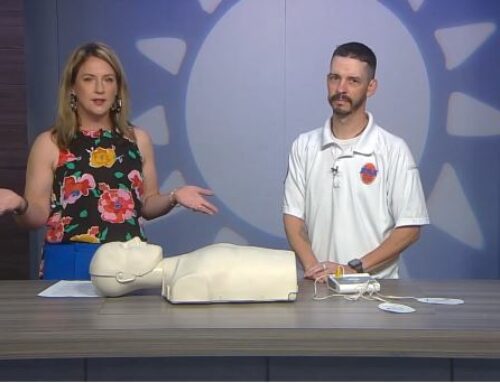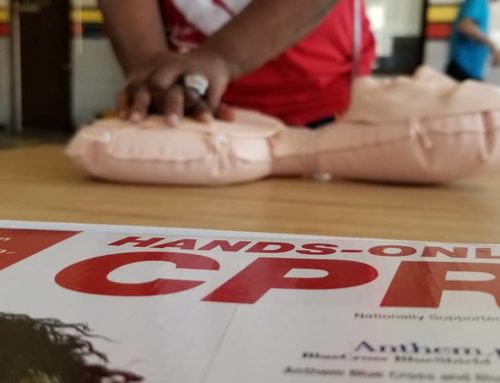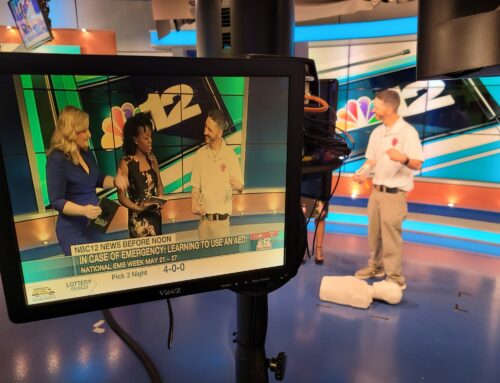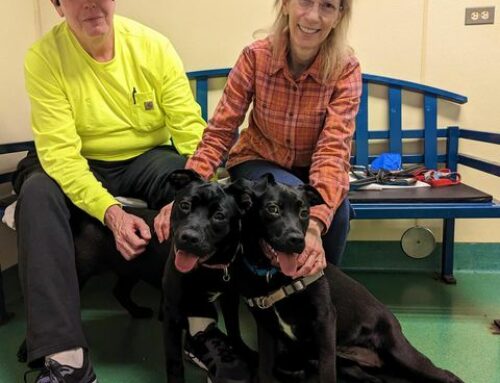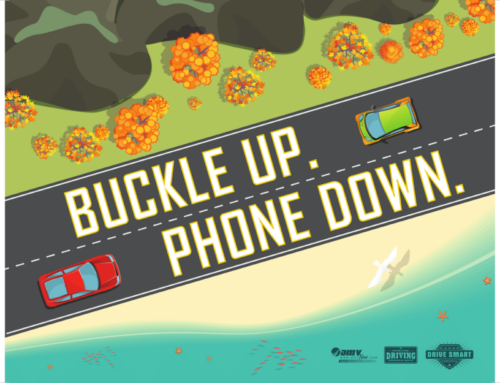First Agency in the World to Participate in this Beta Release that Monitors for Bioterrorism and Environmental Events
RICHMOND, Va., September 25, 2002 – Jerry Overton, Executive Director of the Ambulance Authority for the city of Richmond, Announced today the implementation of a new biosurveillance system that can provide early warning for stealth bioterrorist or chemical attacks. The first of its kind, the “FirstWatchTM” system uses real-time information culled from 9-1-1 calls to detect trends indicating the possible outbreak of disease, illness or patterns of injury either from natural causes or acts of terrorism. Richmond has been selected as the test site for the enhanced features of FirstWatchTM because of its state-of-the-art EMS system and is the first city in the world to implement the commercial version of the product..
The FirstWatchTM system works by continuously scanning 911 calls as they come into the dispatch center and comparing the symptoms and complaints reported by patients to historical data and to the symptoms identified with specified events. Spikes against defined patterns in a given area indicate suspicious trends. When a significant spike occurs, the system automatically alerts officials via pager, e-mail, on screen, printed or faxed reports.
“Implementing FirstWatchTM is a milestone event for our city, ” said Overton, who also serves as incoming President of the American Ambulance Association and is on the College of Fellows for the National Academies of Emergency Dispatch. “We now have an important safety net for our citizens, not just for a bioterrorist or chemical event, but for such natural events as heat waves, food or carbon monoxide poisonings, or accidents. No matter what the threat, natural or man-made, knowing about the situation faster than is currently available can reduce illness and death significantly, and the built-in mapping technology gives us an instant visual on affected sectors of the city.”
The Geographic Information System (GIS) integrated into FirstWatchTM is a critical component. It stores, retrieves and manipulates the data in such a way that events can be displayed instantaneously on local and regional maps. Using spatial analysis, unusual clusters of patients and their locale can be quickly identified.
FirstWatchTM is a product of Stout Solutions, nationally recognized as a leading supplier of software and custom reports to the emergency dispatch community. Its clients include many of the leading police, fire and EMS communication centers in the U.S., Canada, the United Kingdom and New Zealand.
Stout Solutions developed an early prototype of the product for use in Kansas City, Missouri in 1999. “That early version successfully alerted during an ice storm, demonstrating the concept could work,” said Todd Stout, President of Stout Solutions and a former ambulance service director. He then began to work with Overton and the Emergency Communications Center in Richmond to perfect the system for broad-based use, and to develop a way to aggregate the data from many different dispatch centers.
“The Richmond Ambulance Authority is one of the most advanced EMS systems in the world. Its emergency communications center is accredited as a Center of Excellence by the National Academies of Emergency Dispatch. We are pleased to be working with them on the FirstWatchTM beta project,” said Stout. “As more agencies in the cities throughout the United States use the system, data will be linked through our secure, centralized data network so authorized users can view aggregated data on a regional or even national level. This data will be available to government agencies for bioterrorism monitoring and can be pushed to other government data centralization sites for consolidation with other data sets such as lab results, emergency room data, school absentee data and over-the-counter drug sale data. The more users we have, the broader the data capture on a national scale.”
Research conducted at Harvard University shows that current U.S. epidemiological systems designed to identify public health trend changes are antiquated and slow (see http://dsg.bwh.harvard.edu/courses/hst950/5.pdf). The earlier the warning of a possible “incident,” the more time officials have to implement an appropriate response. The Harvard research shows that identifying an outbreak two to three days earlier can decrease illness and death by five to seven times.
“There is no doubt that an early warning of any epidemiological outbreak, be it bioterrorism or of natural causes, could substantially reduce the morbidity and mortality rates in any city in America,” said Overton. “FirstWatchTM is a significant step in increasing our overall preparedness in these changing times.”
About the Richmond Ambulance Authority:
In 1991, the ambulance situation in Richmond was such that the city council quickly acted to create the Richmond Ambulance Authority (RAA) to oversee all emergency and most non-emergency transports within the city of Richmond. Today, Richmond Ambulance Authority’s response times are among the fastest in the nation with an emergency response time of 8 minutes, 59 seconds or less 90 percent of the time, assuring that all citizens are equitably served. In 1994, RAA became the first ambulance service on the East Coast to receive accreditation from the Commission on Accreditation of Ambulance Services (CAAS) and in 2000, was awarded another three-year accreditation. In 2001, RAA’s Communications Center was named an “Accredited Center of Excellence” (ACE) by the National Academy of Emergency Dispatch Making the Authority one of only four ambulance services in the world to hold both the CAAS and ACE designations.
With the Authority’s reputation as one of the premier EMS providers in the nation, ambulance services throughout the United States and the world frequently visit Richmond to observe the Authority’s practices and procedures. Visitors from England, Brazil, Canada, New Zealand and the former Soviet Union have come to learn how to improve EMS care for their citizens and operate more efficiently.
The Richmond Ambulance Authority has a fleet of 25 paramedic equipped all-advance life support ambulances in addition to a critical care ambulance and given Richmond’s size, is one of the most active systems in the country. Richmond Ambulance responds to approximately 50,000 calls per year with a daily average of 135 calls and 110 transports.
For additional information on the Richmond Ambulance Authority, please have a look at the rest of our site. Information about FirstWatchTM can be found at http://www.stoutsolutions.com.

